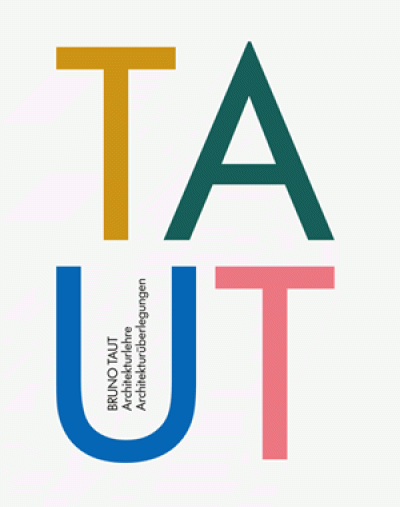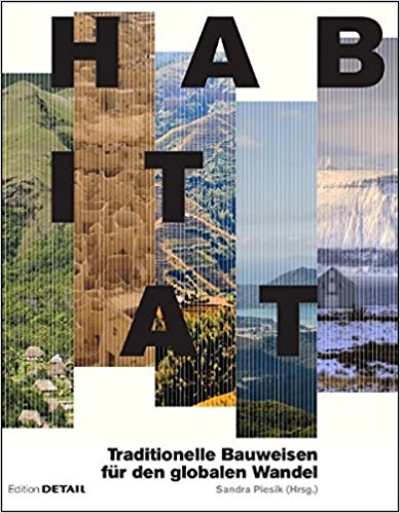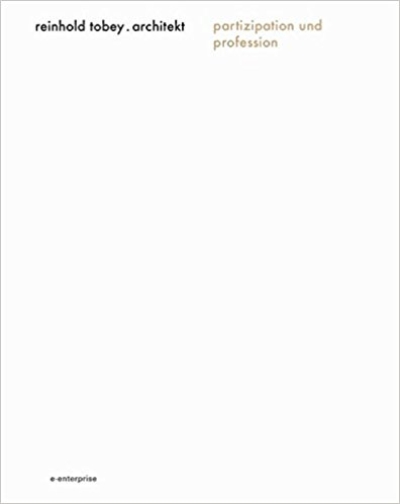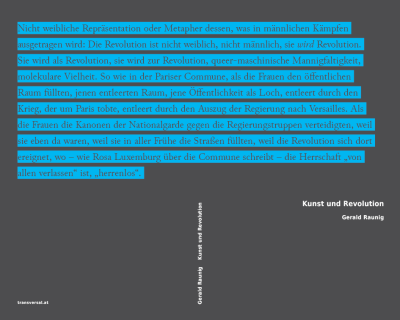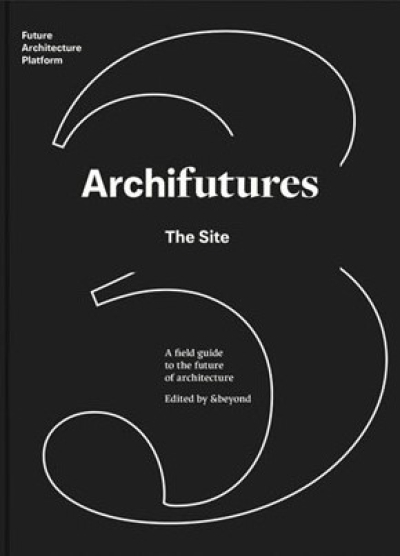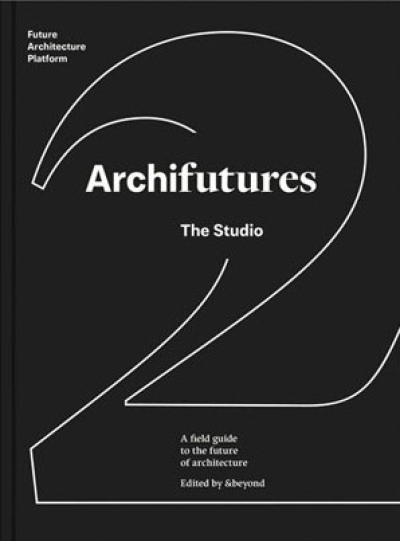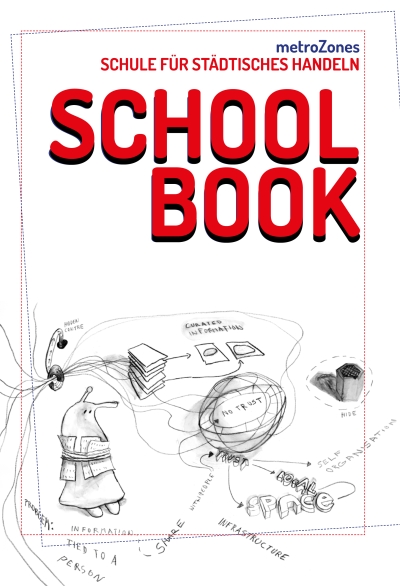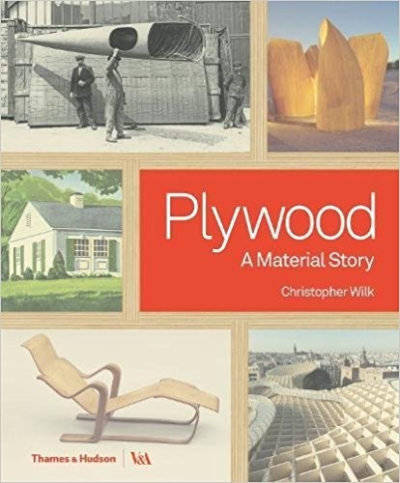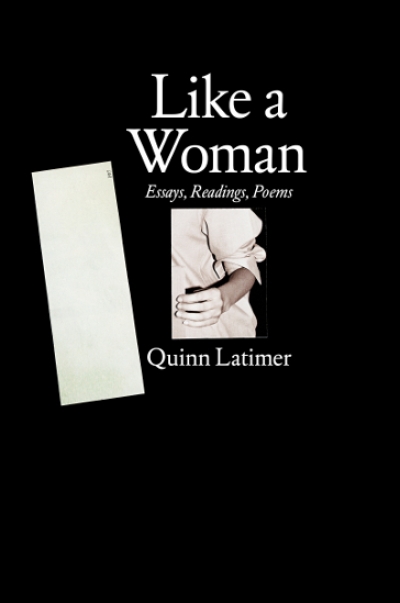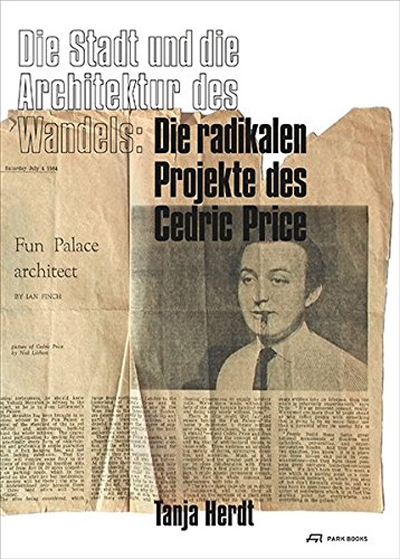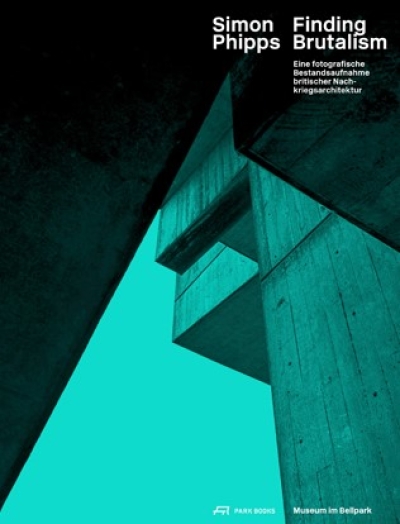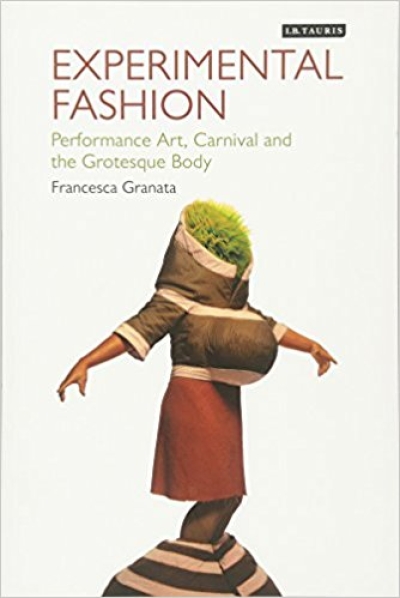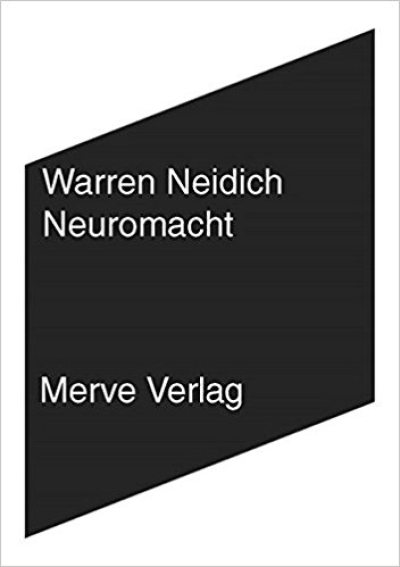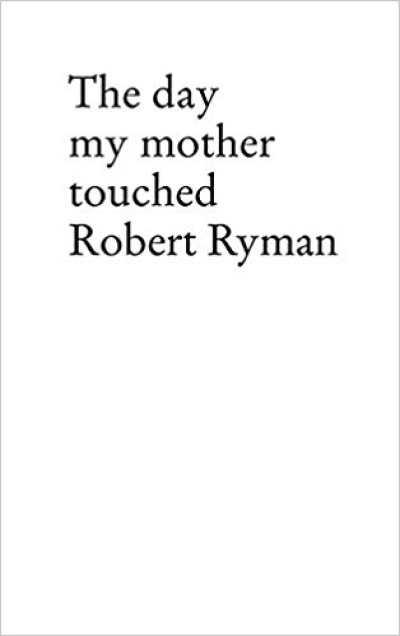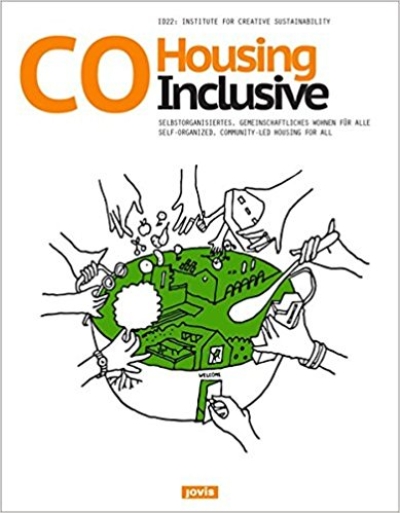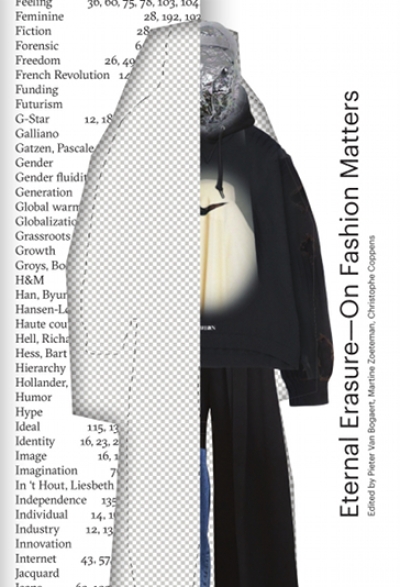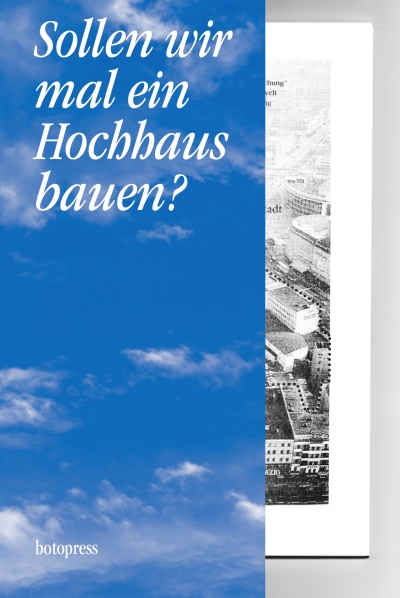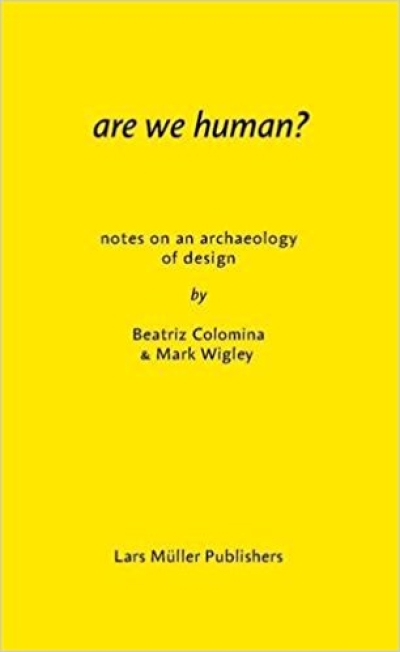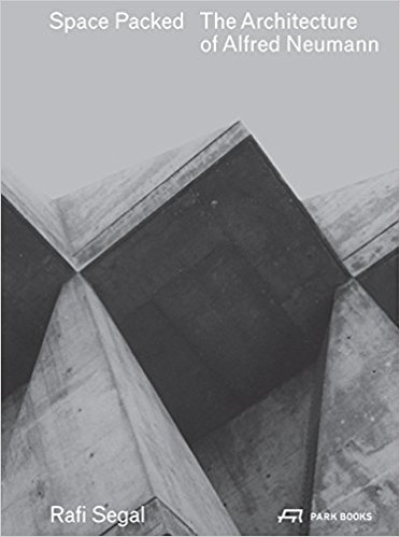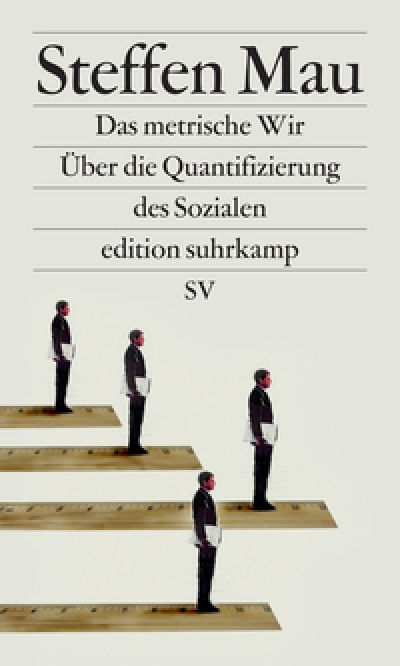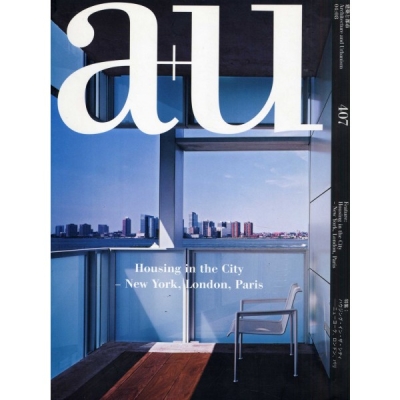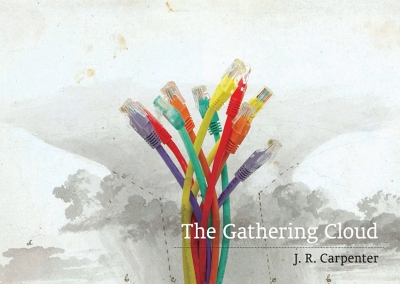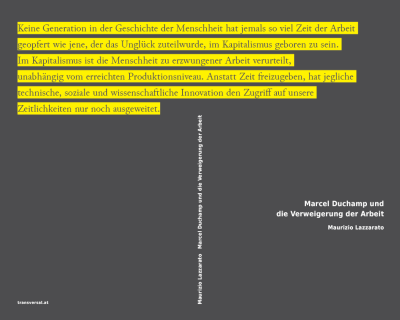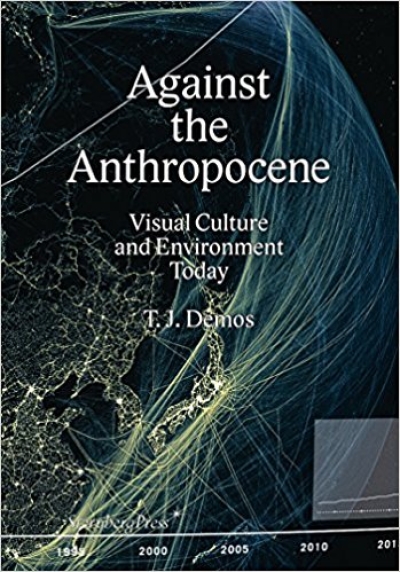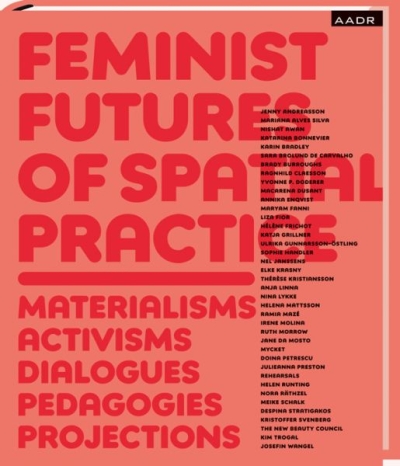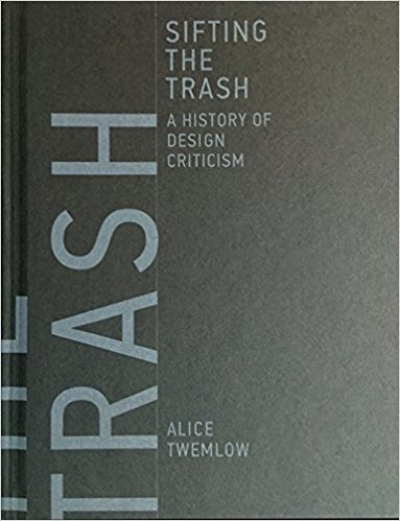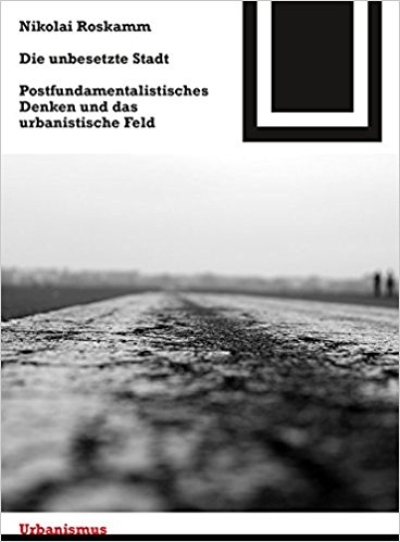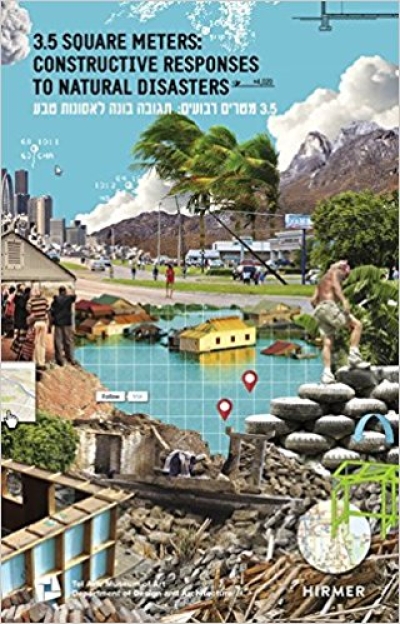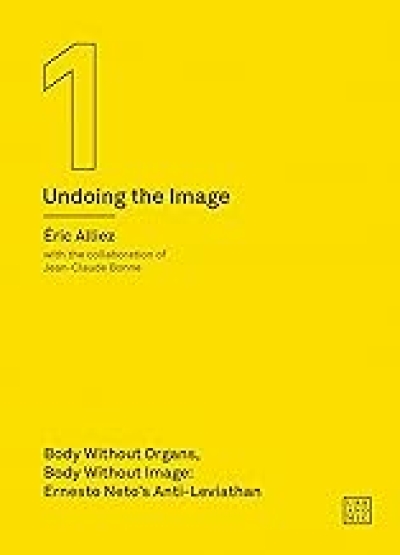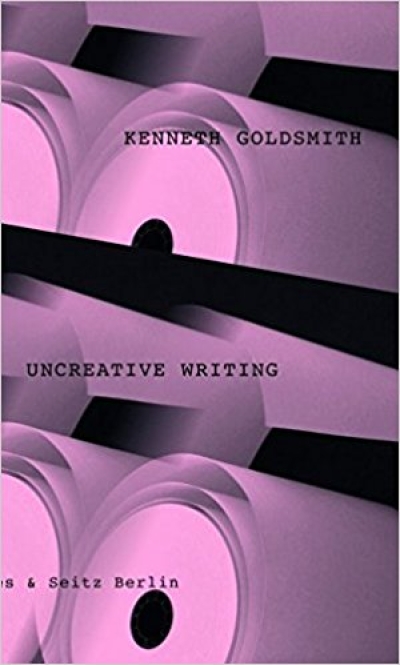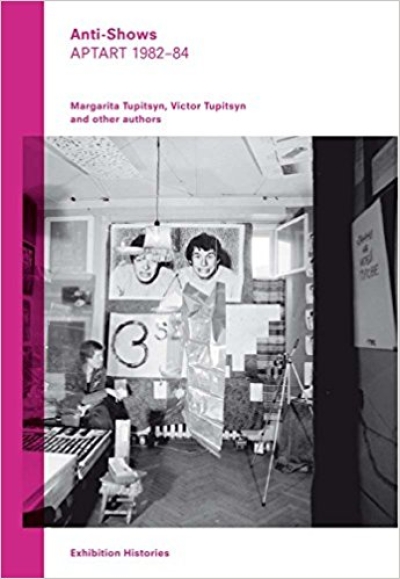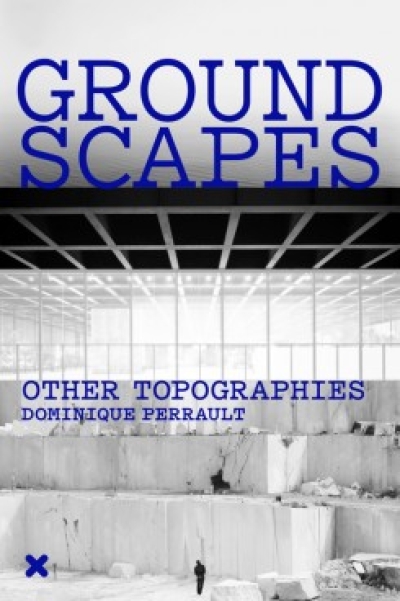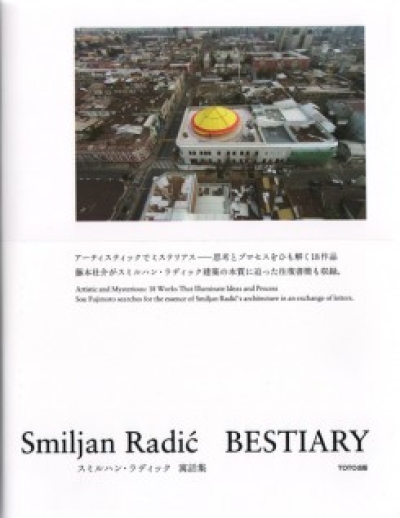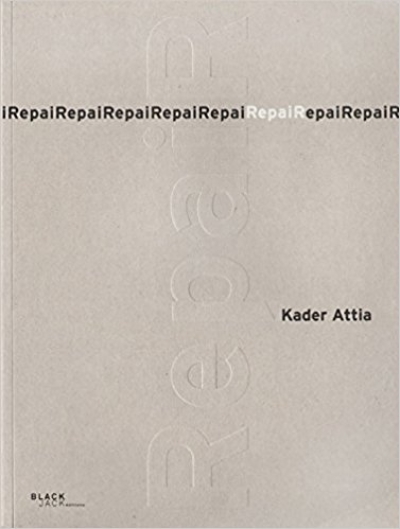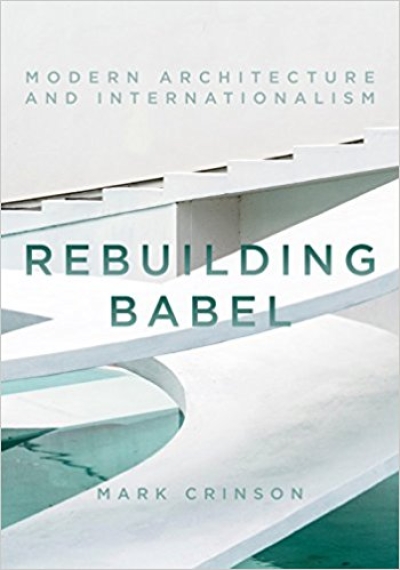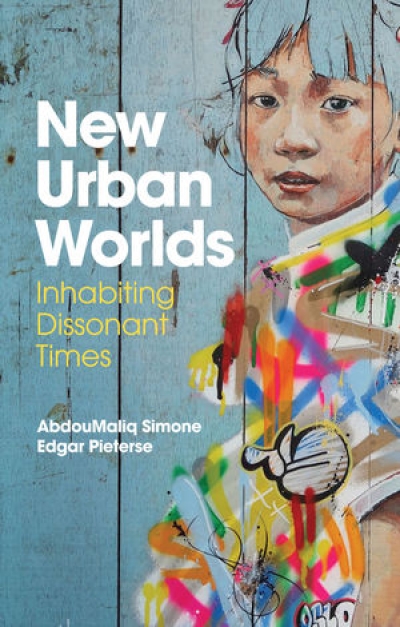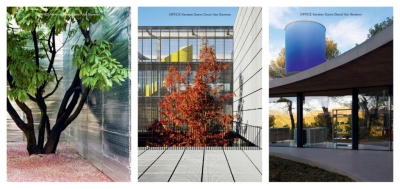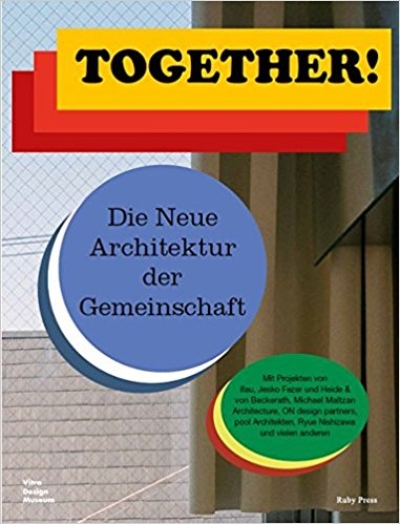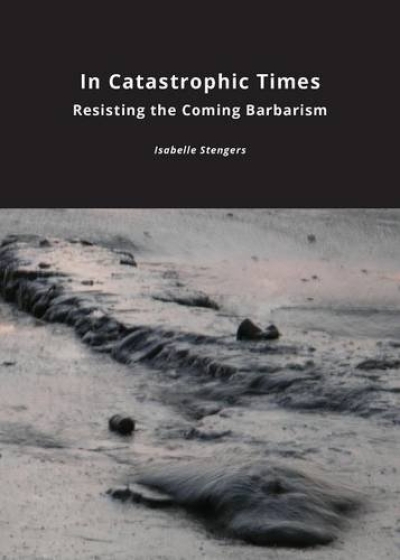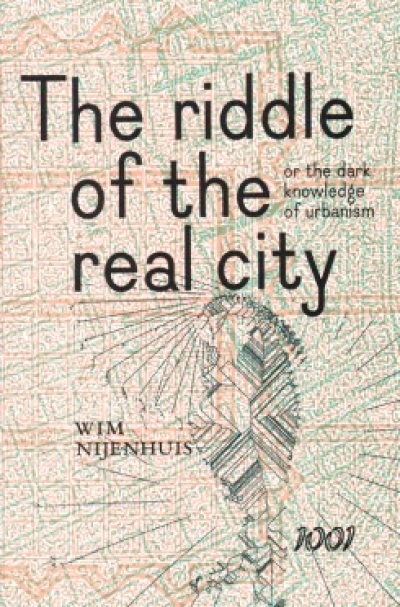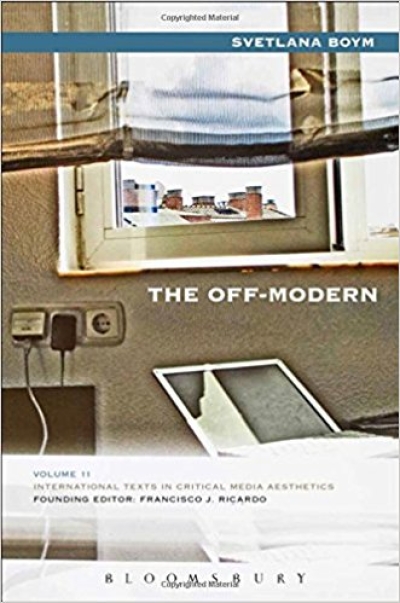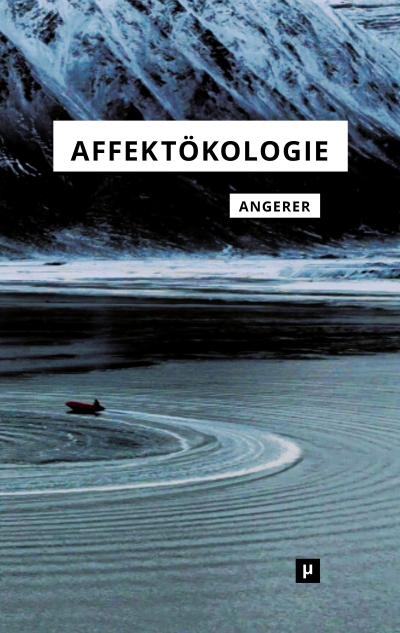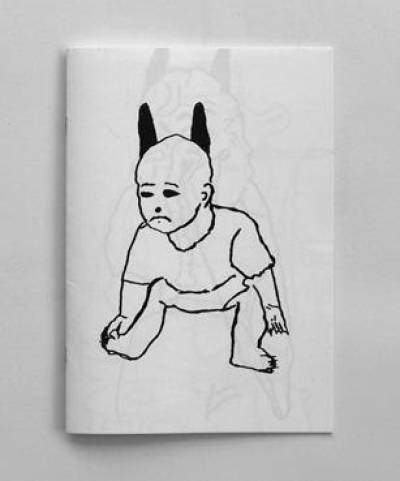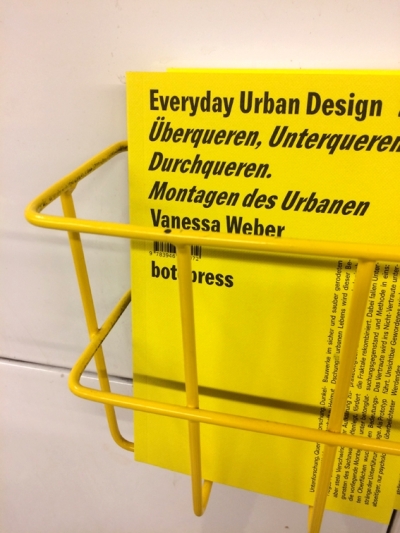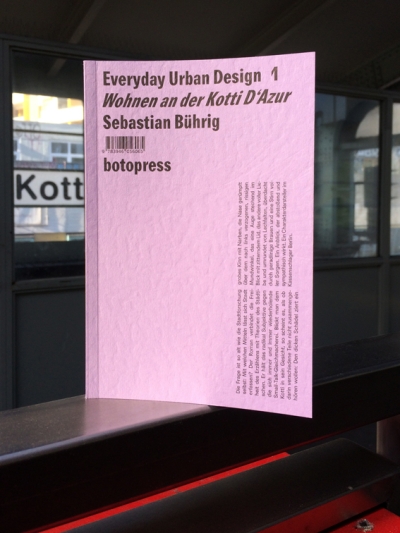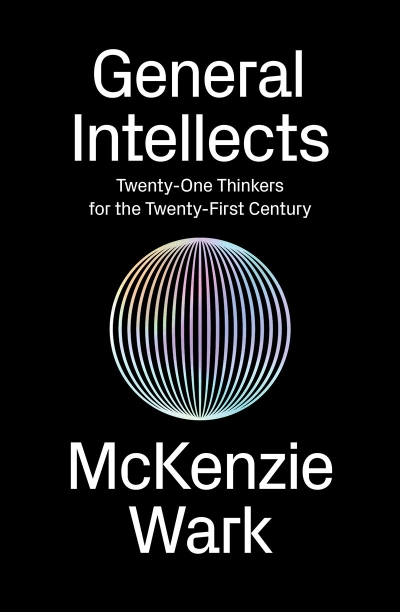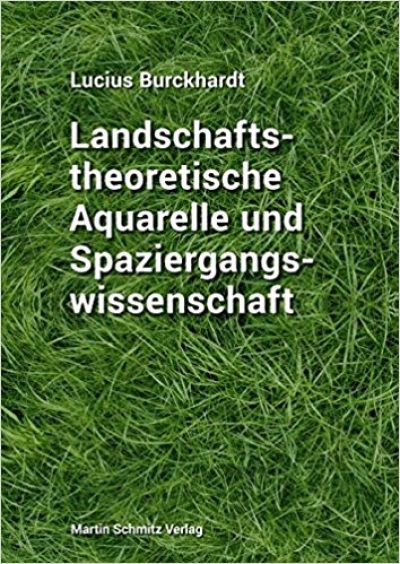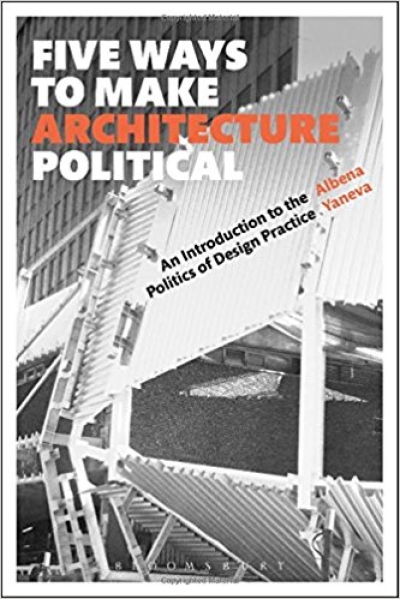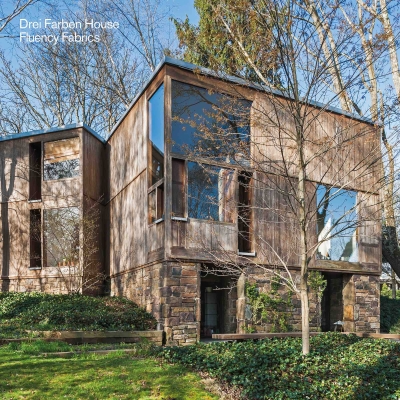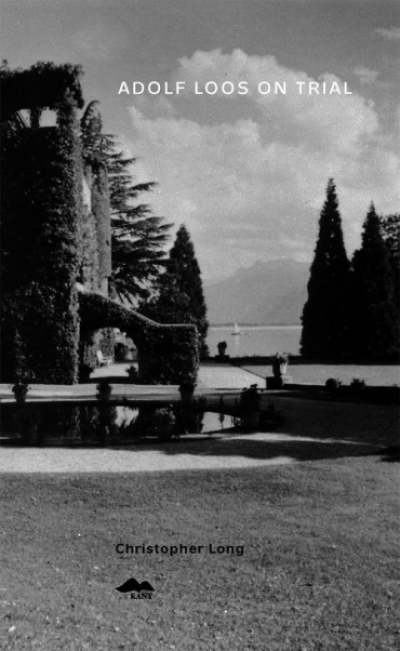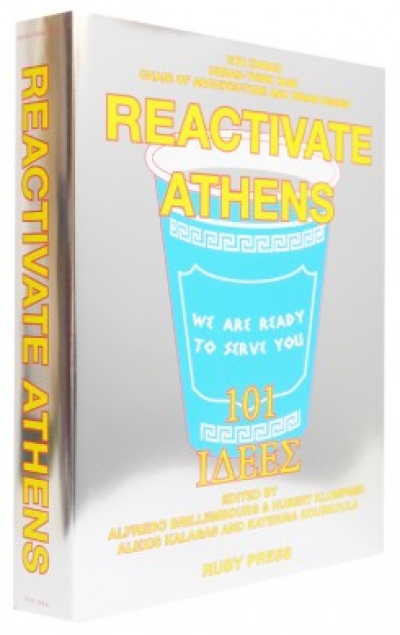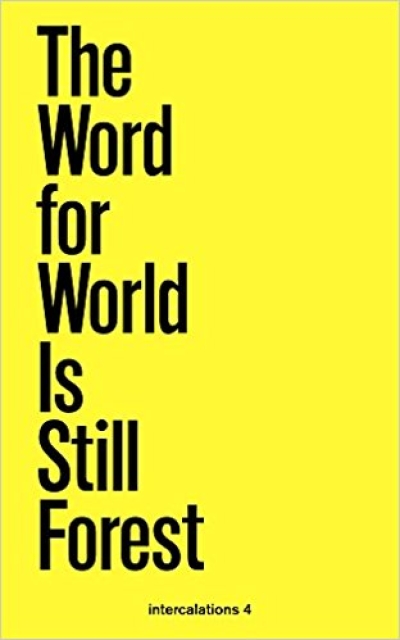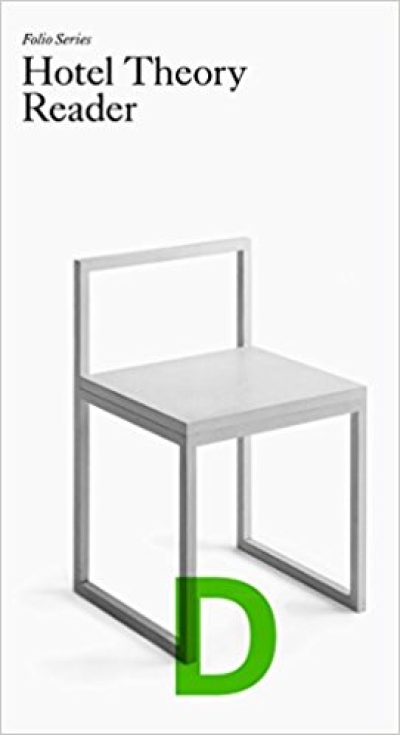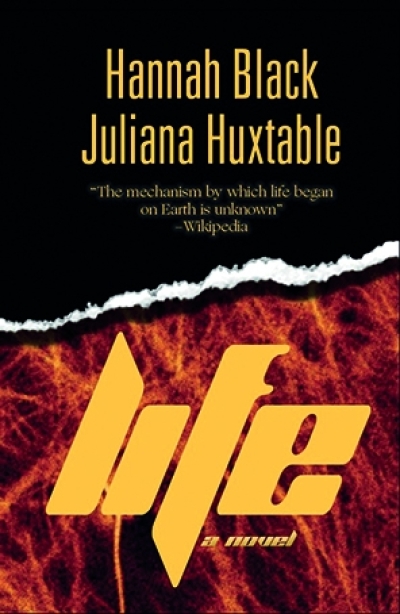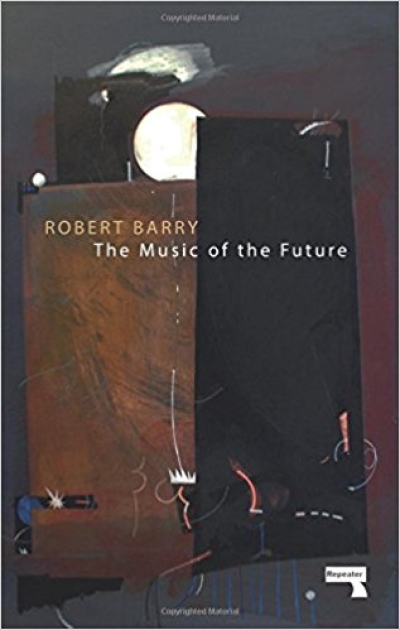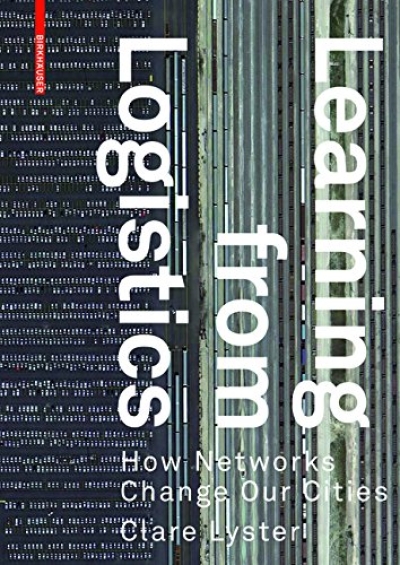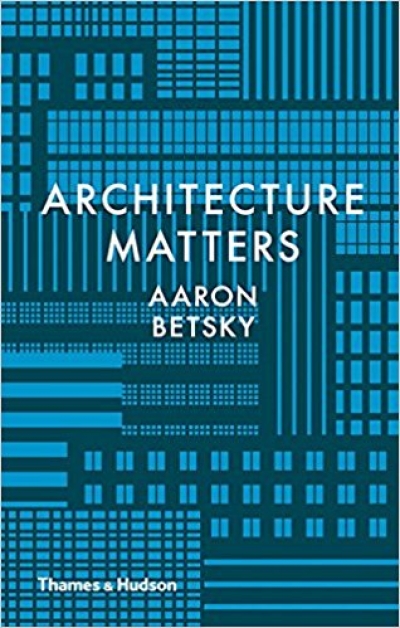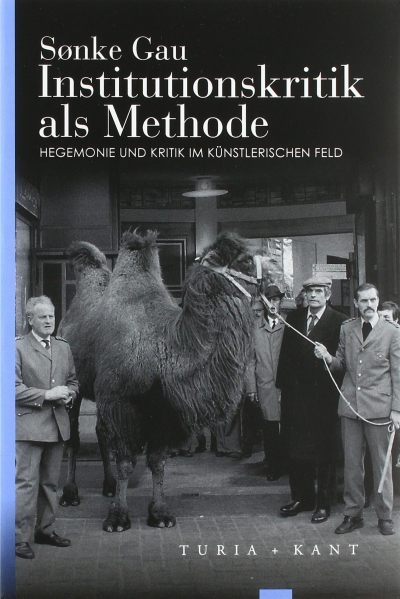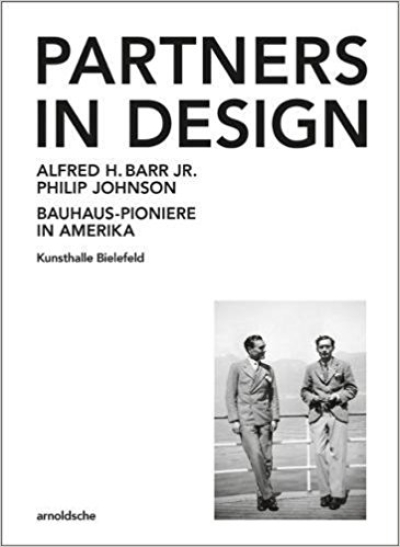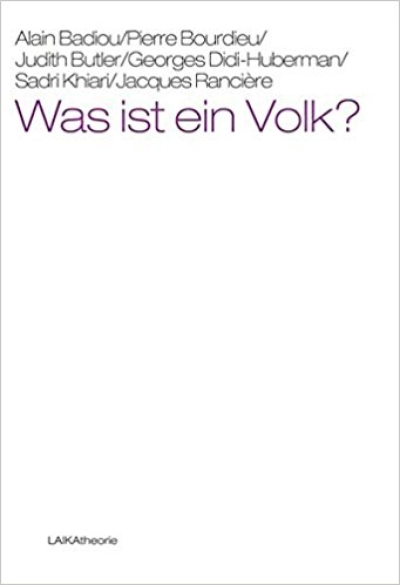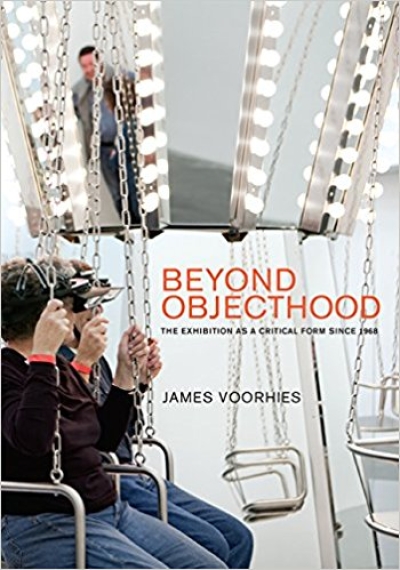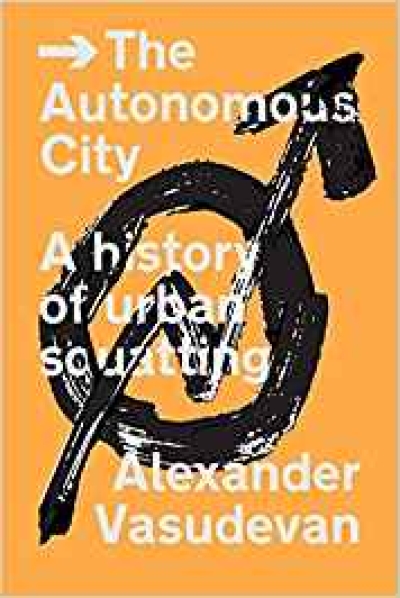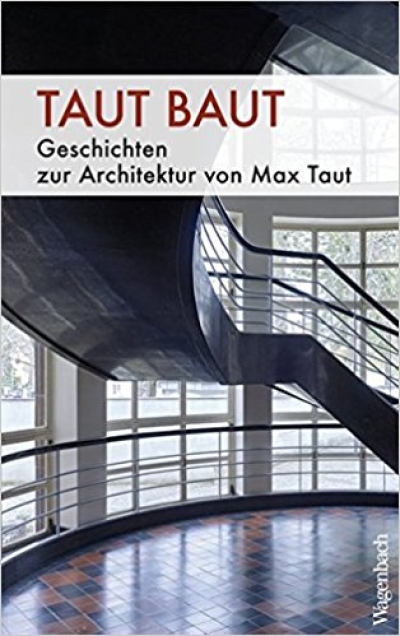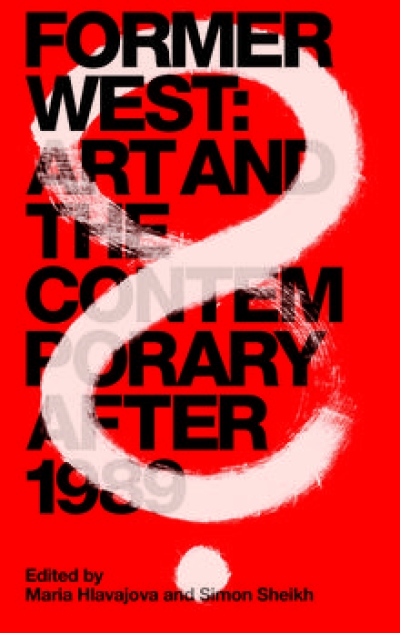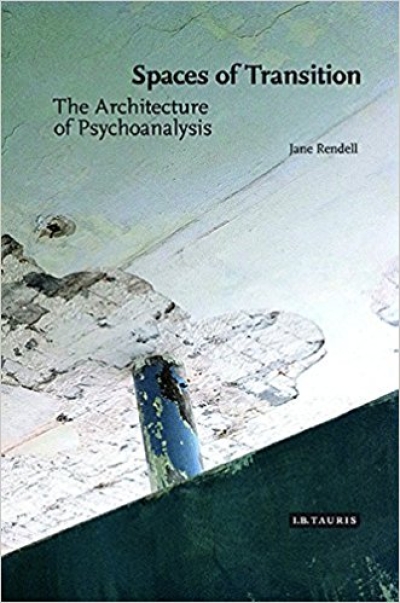gerade nicht auf Lager
arch+
Bruno Taut. Architekturlehre / Architekturüberlegungen
Sandra Piesik (Hg.)
Habitat: Regionale Bauweisen und globale Klimazonen
Reinhold Tobey
Partizipation und Profession
gerade nicht auf Lager
Fictilis (Ed.)
Museum of Capitalism
gerade nicht auf Lager
Gerald Raunig
Kunst und Revolution
gerade nicht auf Lager
&beyond (Ed.)
Archifutures Vol. 3: The Site. A field guide to the future…
gerade nicht auf Lager
&beyond (Ed.)
Archifutures Vol. 2: The Studio. A field guide to the…
Kunstverein München
Door Between Either And Or
gerade nicht auf Lager
Christopher Herwig
Soviet Bus Stops Volume II
metroZones
Schoolbook. metroZones - Schule für städtisches Handeln
Claudia Honecker, Sabine Pflitsch
Jedes Tier ist einzigartig
gerade nicht auf Lager
Christopher Wilk
Plywood. A Material Story
gerade nicht auf Lager
Erich Hörl (Ed.)
General Ecology: The New Ecological Paradigm
Mandla Reuter
No Such St
Mark Fisher
Das Seltsame und das Gespenstische
gerade nicht auf Lager
Allan Sekula
OKEANOS
gerade nicht auf Lager
Quinn Latimer
Like a Woman: Essays, Readings, Poems
gerade nicht auf Lager
Tanja Herdt
Die Stadt und die Architektur des Wandels. Die radikalen…
Simon Phipps
Finding Brutalism. Eine fotografische Bestandsaufnahme…
gerade nicht auf Lager
Francesca Granata
Experimental Fashion. Performance Art, Carnival and the…
Warren Neidich
Neuromacht: Kunst im Zeitalter des kognitiven Kapitalismus
gerade nicht auf Lager
Stefan Sulzer
The day my mother touched Robert Ryman
id22: Institut für kreative…
CoHousing Inclusive: Selbstorganisiertes,…
gerade nicht auf Lager
Pieter Van Bogaert, Martine Zoeteman,…
Eternal Erasure. On Fashion Matters
gerade nicht auf Lager
Yaniv Edry
Tel Aviv-Haifa
Jörg Potthast
Sollen wir mal ein Hochhaus bauen?
gerade nicht auf Lager
Ian Shirley
Turn Up The Strobe: The KLF, The JAMS, The Timelords - A…
gerade nicht auf Lager
Beatriz Colomina, Mark Wigley
Are We Human? Notes on an Archaeology of Design
gerade nicht auf Lager
Richard Shone, John-Paul Stonard (Eds.)
The Books that Shaped Art History: From Gombrich and…
Rafi Segal
Space Packed: The Architecture of Alfred Neumann
Cornelia Escher
Zukunft entwerfen: Architektonische Konzepte des GEAM (…
gerade nicht auf Lager
Patrick Eiden-Offe
Die Poesie der Klasse: Romantischer Antikapitalismus und…
Steffen Mau
Das metrische Wir: Über die Quantifizierung des Sozialen
A+U 407
Housing in the City - New York, London, Paris
J.R. Carpenter
The Gathering Cloud
Maurizio Lazzarato (Autor), Stefan…
Marcel Duchamp und die Verweigerung der Arbeit
gerade nicht auf Lager
T. J. Demos
Against the Anthropocene. Visual Culture and Environment…
gerade nicht auf Lager
Meike Schalk, Thérèse Kristiansson,…
Feminist Futures of Spatial Practice. Materialisms,…
gerade nicht auf Lager
Alice Twemlow
Sifting the Trash. A History of Design Criticism
Nikolai Roskamm
Die unbesetzte Stadt: Postfundamentalistisches Denken und…
Maya Vinitsky (Ed.)
3.5 Square Meters: Constructive Responses to Natural…
Eric Alliez with Jean-Claude Bonne
Undoing the Image. Of Contemporary Art
gerade nicht auf Lager
Kenneth Goldsmith
Uncreative Writing: Sprachmanagement im digitalen Zeitalter
gerade nicht auf Lager
M. Tupitsyn, V. Tupitsyn, D. Morris (…
Anti-Shows. APTART 1982–84.: Exhibition Histories Vol. 8
gerade nicht auf Lager
Dominique Perrault
Groundscapes. Other Topographies
gerade nicht auf Lager
Annika Frye
Design und Improvisation: Produkte, Prozesse und Methoden
Stephanie Taylor
Kong Boos
gerade nicht auf Lager
Smiljan Radic
Bestiary
Kader Attia
RepaiR
gerade nicht auf Lager
Adam Greenfield
Radical Technologies. The Design of Everyday Life
gerade nicht auf Lager
Mark Crinson
Rebuilding Babel. Modern Architecture and Internationalsim
AbdouMaliq Simone, Edgar Pieterse
New Urban Worlds. Inhabiting Dissonant Times
gerade nicht auf Lager
Kersten Geers, David Van Severen, Joris…
OFFICE Kersten Geers David Van Severen — Volumes 1, 2…
gerade nicht auf Lager
Mateo Kries, Andreas Ruby, Ilka Ruby (…
Together! Die Neue Architektur der Gemeinschaft
gerade nicht auf Lager
Bruno Latour
Kampf um Gaia: Acht Vorträge über das neue Klimaregime
gerade nicht auf Lager
Alice Grahame, Taran Wilkhu
Walters Way and Segal Close: The Architect Walter Segal and…
gerade nicht auf Lager
Isabelle Stengers
In Catastrophic Times. Resisting the Coming Barbarism
gerade nicht auf Lager
Wim Nijenhuis
The Riddle of the Real City or the Dark Knowledge of…
gerade nicht auf Lager
Svetlana Boym
The Off-Modern
gerade nicht auf Lager
Aurin, Thomas Hegemann, Carl Witt,…
Volksbühne am Rosa-Luxemburg-Platz 1992-2017
Iñaki Ábalos
The good life: A guided visit to the houses of modernity
gerade nicht auf Lager
Stephen J. Phillips
Elastic Architecture: Frederick Kiesler and Design Research…
gerade nicht auf Lager
Marie-Luise Angerer
Affektökologie. Intensive Milieus und zufällige Begegnungen
Harmony Korine
Devils and Babies
Vanessa Weber
Everyday Urban Design 2. Überqueren, Unterqueren,…
gerade nicht auf Lager
Sebastian Bührig
Everyday Urban Design 1. Wohnen an der Kotti D'Azur
gerade nicht auf Lager
R. Bittner, A. Reese, K. Szymczak
Desk in Exile. A Bauhaus Object Traversing Different…
gerade nicht auf Lager
McKenzie Wark
General Intellects. Twenty-Five Thinkers for the Twenty-…
Noah Regenass, Markus Ritter (Hg.)
Lucius Burckhardt. Landschaftstheoretische Aquarelle und…
gerade nicht auf Lager
Cosey Fanni Tutti
Art Sex Music
Albena Yaneva
Five Ways to Make Architecture Political. An Introduction…
gerade nicht auf Lager
Parasite 2.0
Primitive Future Office
gerade nicht auf Lager
Anke Fesel, Chris Keller (Hg.)
Berlin Heartbeats: Stories from the wild years, 1990–…
gerade nicht auf Lager
Drei Farben House
Fluency Fabrics
gerade nicht auf Lager
Vrachliotis, Kleinmanns, Kunz, Kurz (Hg…
Frei Otto. Denken in Modellen
gerade nicht auf Lager
Christopher Long
Adolf Loos on Trial
Brillembourg, Kalagas, Klumpner,…
Reactivate Athens
gerade nicht auf Lager
Etienne Turpin, Anna-Sophie Springer (…
The Word for World is Still Forest
gerade nicht auf Lager
S. Mohebbi, R. Estevez (Hg)
Hotel Theory Reader
U. Kleefisch-Jobst, P. Köddermann, K.…
Alle wollen wohnen: Gerecht. Sozial. Bezahlbar
gerade nicht auf Lager
Alain Badiou
The True Life
gerade nicht auf Lager
Hannah Black, Juliana Huxtable
Life. A Novel
gerade nicht auf Lager
Robert Barry
The Music of the Future
gerade nicht auf Lager
Clare Lyster
Learning from Logistics. How Networks Change our Cities
Aaron Betsky
Architecture Matters
gerade nicht auf Lager
Sönke Gau
Institutionskritik als Methode. Hegemonie und Kritik im…
David A. Hanks, Friedrich Meschede (Hg.)
Partners in Design: Alfred H. Barr Jr. und Philip Johnson.…
gerade nicht auf Lager
Alain Badiou/Pierre Bourdieu/Judith…
Was ist ein Volk?
gerade nicht auf Lager
Annette Michelson
On the Eve of the Future. Selected Writings on Film
James Voorhies
Beyond Objecthood. The Exhibition as a Critical Form since…
gerade nicht auf Lager
Alexander Vasudevan
The Autonomous City: A History of Urban Squatting
gerade nicht auf Lager
Kris Paulsen
Here/There. Telepresence, Touch, and Art at the Interface
gerade nicht auf Lager
Gerd de Bruyn
Theorie der modernen Architektur. Programmatische Texte
gerade nicht auf Lager
Sven Lütticken
Cultural Revolution: Aesthetic Practice after Autonomy
gerade nicht auf Lager
Martin Herbert
Tell Them I Said No
gerade nicht auf Lager
Deutscher Werkbund (Hg.)
Taut baut: Geschichten zur Architektur von Max Taut
gerade nicht auf Lager
Maria Hlavajova, Simon Sheikh (Eds.)
Former West: Art and the Contemporary after 1989
gerade nicht auf Lager
Jane Rendell
The Architecture of Psychoanalysis. Spaces of Transition

